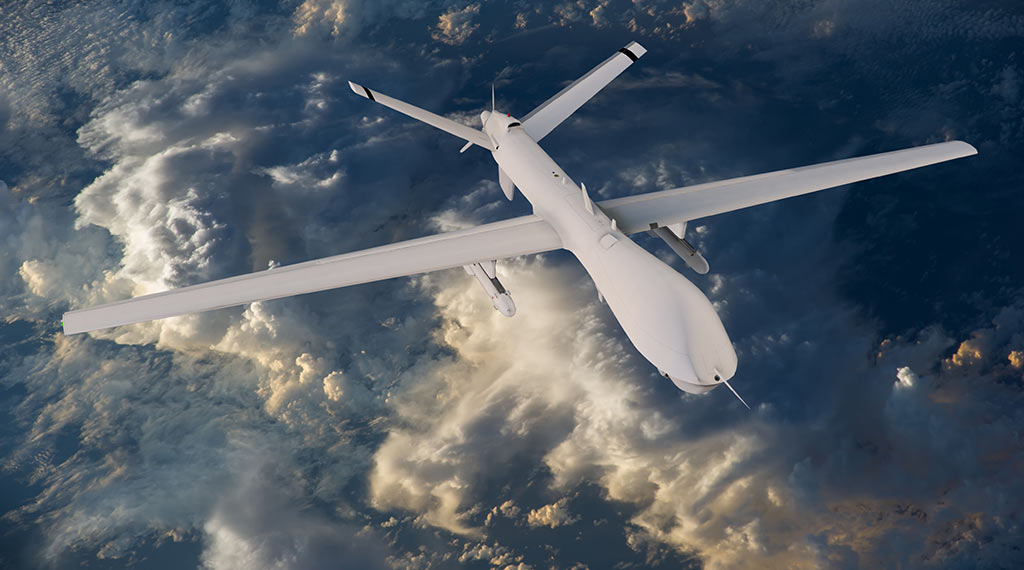
Although uncrewed airframes are unlikely to replace all human pilots on the aircraft carrier deck, the prospects for the inclusion of autonomous fighter jets appears inevitable.
In order for the U.S. to re-establish air superiority over its adversaries, the Air Force and Navy are working to achieve their respective Next Generation fighter fleets. Last month, the Navy requested more than $1.5 billion to build its top secret sixth-generation fighter, known as the F/A-XX.
Expected to replace the fleet’s fleet of F/A/-18E/F Super Hornet airframes, the new jet is intended to serve as the service’s “quarterback” for both human-crewed and uncrewed future carrier operations. As unmanned aerial vehicle (UAV) development and capabilities have skyrocketed in recent years, so has the military’s acceptance that these autonomous planes may be the future of America’s aerial fleets across the board.
The Director of the Air Warfare Division within the Office of the Chief of Naval Operations revealed that the service plans to achieve a 60-40 unmanned-manned split in the future.
Deploying uncrewed planes in place of human pilots would be cost-effective and reduce loss of life, however, these types of AI-fighters have not been tested in battle – a risk the U.S. may have to take to stay ahead of its enemies.
Introducing the MQ-25 Stingray
The face of the new unmanned aerial system is the MQ-25 Stingray. Back in 2006, the Navy first began developing its first aircraft carrier-based UAV. Initially, the Stingray was meant to embody a stealthy strike platform capable of carrying out air defenses. Ultimately, the Navy shifted to prioritize an airframe that mastered intelligence, reconnaissance and surveillance functions. The MQ-25 is expected to be operationally capable by 2025 and could deploy aboard a carrier by 2026.
Designed to sport 15,000 pounds of fuel roughly 500 nautical miles, the Stingray will exceed the Super Hornet’s range by about 300 miles. The Stingray’s longer range also frees up other airframes that are typically used for aerial-refueling duties.
In recent years, the Stingray has demonstrated its ability to undergo several critical tasks aboard the carrier USS George H.W. Bush, including refueling friendly airframes, undergoing deck-handing tests at sea and conducting manned-unmanned teaming tests. While the MQ-25 has yet to land or take off on an aircraft carrier, experts predict the plane will have a significant impact on the future of naval aviation. Earlier this month, Navy Rear Adm.
Andrew Loiselle told The Drive that collaborative efforts between the Air Force and Navy to achieve formidable sixth-gen crewed stealth combat jets and UAVs was well underway. “It modifies the content of our carrier strike groups and our carrier air wings from both the content of a carrier air wing and the weapons available in the magazines. And so as you look at [operations plan] execution, you have to judge when air wing is going to come up,” he continued. “And if you’re starting from X distance away from the target, given the fact that they are considering that contested space, then the longer the range of the platform and the longer [the range] of the weapons that it carries, dictates the time at which that carrier strike group becomes effective.”
- U.S. Carrier Strike Groups Have Struck 800 Targets in Yemen - April 30, 2025
- The U.S. Is Boosting Its Middle East Military Posture - April 22, 2025
- Why America Needs Its Own Iron Dome Air Defense - April 10, 2025
